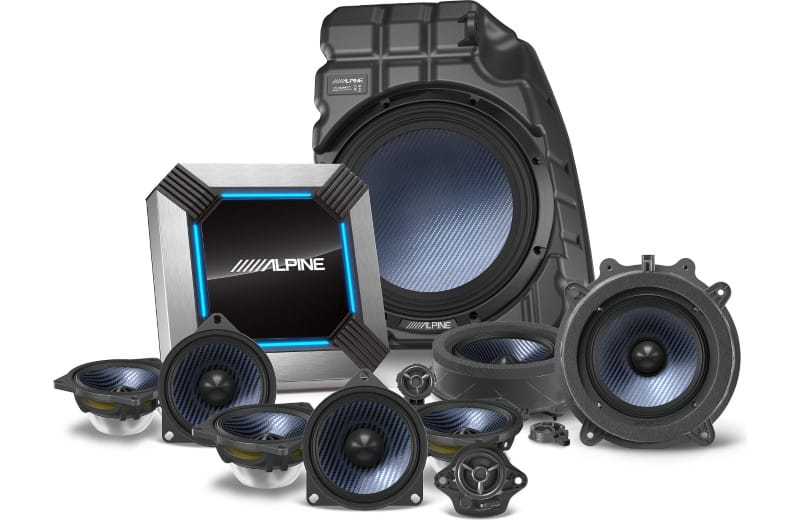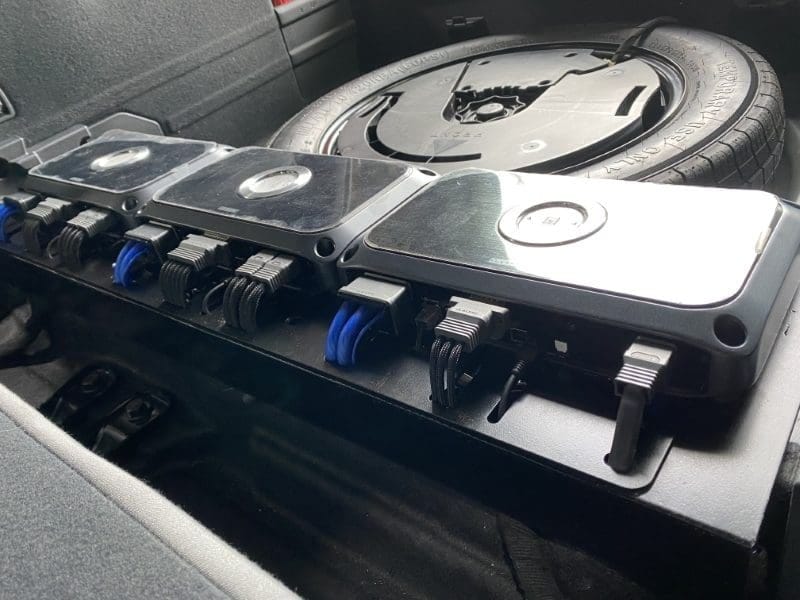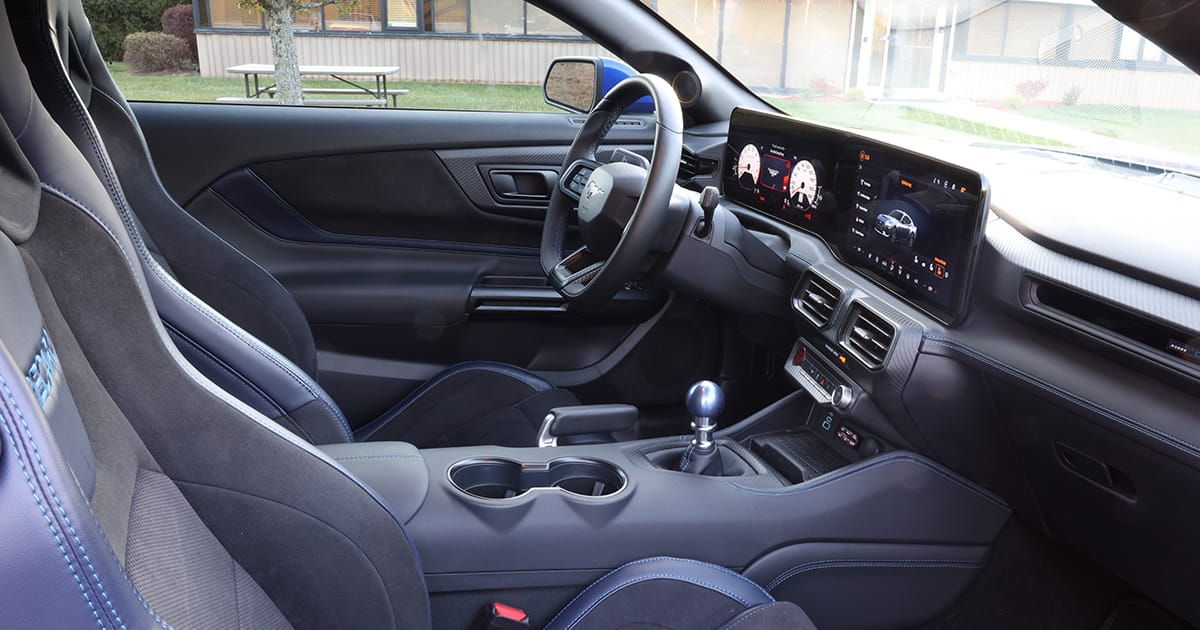Upgrading your car audio system doesn’t require swapping out the factory radio. Modern vehicles often make replacing the source unit difficult or even impossible, but that doesn’t mean you’re stuck with mediocre sound. With the right aftermarket speakers, amplifiers and digital signal processors, you can dramatically improve your listening experience while keeping your factory radio in place. The ability to upgrade without removing the source unit means you retain all of the original technology and convenience features while enjoying a system that sounds more dynamic and realistic.
Why Replacing the Factory Radio Isn’t Always an Option
In the past, upgrading your car stereo often started with installing a new head unit. Today, that’s rarely possible. Many factory radios are seamlessly integrated into the dashboard and tied to the vehicle’s electronic systems. Trying to replace them can disrupt important functions or simply isn’t feasible without extensive modifications. In some cases, the factory radio may also be responsible for unique displays, menu systems or integrated controls that would be lost if it were removed. The result is that the factory unit is better left in place while other parts of the audio system are improved.
How Factory Source Units Are Tied Into Vehicle Electronics
Your factory radio often does much more than play music. In many vehicles, it’s also responsible for climate control, navigation, safety alerts and even diagnostic communications. Removing it could compromise these features or trigger errors, which could lead to costly service issues down the road. The growing reliance on the source unit for multiple systems means it has become an essential part of the vehicle’s brain, not just an entertainment hub. For this reason, it makes sense to leave the factory radio in place and focus upgrades on the components that truly affect sound quality.

Why Factory Audio Systems Fall Short
The biggest shortcomings in factory audio usually come from the speakers and amplification. Even so-called “premium” OEM systems often use inexpensive paper speakers and small amplifiers that lack clean power. The result is thin bass, limited clarity and distortion when you turn up the volume. While the radio itself often has adequate processing and feature support, the sound reproduction falls flat because of the low-quality parts used to keep costs down. Fortunately, these are the very components that can be replaced and upgraded effectively, giving you a massive improvement in sound without changing the factory look of the dash.
Upgrading Speakers for Immediate Improvement
Replacing factory speakers with high-quality aftermarket models is one of the fastest ways to improve your sound. Premium speakers use better materials and designs that reproduce music with much greater detail. Vocals become clearer, instruments sound more natural and you’ll hear parts of your favorite songs that were previously hidden. Since speakers are the final part of the audio chain before the sound reaches your ears, they have the single greatest effect on how your music sounds. Even a modest investment in better speakers can create a night-and-day difference compared with the thin, flat sound of factory drivers.

Adding Amplification and Digital Signal Processing
Upgraded speakers reach their full potential when paired with aftermarket amplification. A dedicated amplifier delivers cleaner, more powerful sound that factory systems can’t match, and the additional headroom ensures music sounds dynamic even at higher volumes. Adding a digital signal processor (DSP) takes things further by correcting the factory radio’s built-in equalization and tailoring the audio response to your specific vehicle. DSP technology also allows precise time alignment and crossover adjustments, helping to create a balanced, dynamic system with precise imaging and deeper bass. The combination of clean power and intelligent processing transforms the way your music sounds, providing an immersive experience you can enjoy on every drive.
Maintaining Full Factory Functionality While Improving Sound
The best part of integrating aftermarket components is that you keep all the original features you depend on. Modern integration devices allow your upgrades to work seamlessly with steering wheel controls, backup cameras, Bluetooth and factory touchscreens. This means you don’t lose any of the convenience and safety features built into your car, while still benefiting from dramatically improved sound quality. The process has become so advanced that most listeners would never know the system had been modified—until they hear the difference.
Professional Installation Matters
Integrating aftermarket components with a factory source unit requires knowledge and experience. A professional installer will use the right interfaces, ensure reliable wiring connections and tune the system properly. Attempting this kind of work without expertise can lead to signal problems, noise issues or even system failures. When handled by a skilled technician, the result is a system that looks, works and sounds better than anything the factory could have delivered, while maintaining complete reliability.
Better Sound Without Losing Factory Features
You don’t need to replace your factory radio to enjoy high-performance audio. By focusing on speakers, amplification and DSP, you can achieve a dramatic improvement in clarity, volume and bass while preserving all of your vehicle’s original features. Modern technology makes it possible to enjoy the best of both worlds: the convenience of your factory source unit and the excitement of an aftermarket audio system that delivers true high-fidelity performance. Drop by a local reputable mobile enhancement retailer near you to explore upgrade options for your car or truck.
Lead-in image on this article was provided courtesy of Broken Silence Custom Car Audio, Greenwich, CT.

